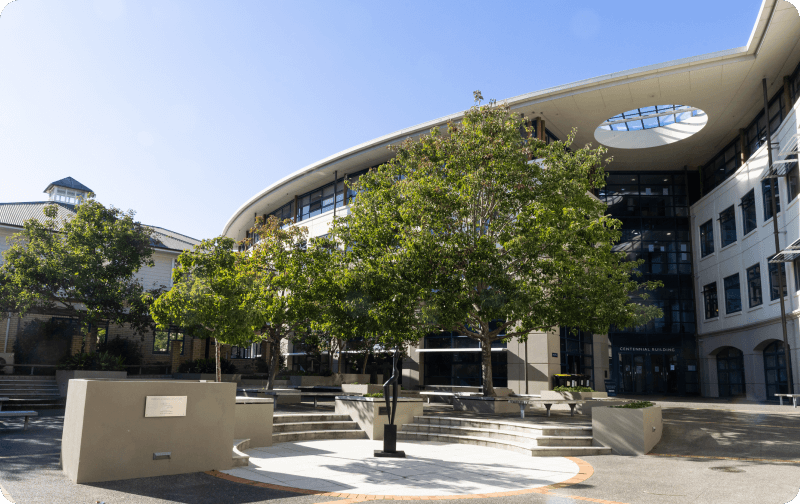The EP Learning Cycle in Action

On this page
Share this
Diocesan School for Girls, an independent school in Auckland, is home to nearly 1,800 students and over 270 staff. Within the Science Faculty, Victor Canela teaches Junior Science and Senior Physics. Since beginning his teaching career five years ago, Victor has seen Education Perfect (EP) evolve into a critical resource for instruction, assessment, and revision, playing a central role in supporting NCEA-aligned science instruction. Victor’s use of EP exemplifies how digital tools can amplify a teacher’s impact. His work is a compelling example of EP’s learning cycle in action: actionable assessment, individualised instruction, and purposeful practice, all tailored to maximise individual student potential.
Actionable Assessment: Formative and Summative
Victor’s most extensive use of EP is in Year 11 Physics. EP is used to streamline both formative and summative assessment setup, execution, and marking, and support Victor and his students to identify next steps.
“We use EP for summative assessment, for example setting up investigations as online assessments. Students complete practical tasks, such as tracking the movement of a rolling ball, directly on the platform. The students upload everything in one place, marking is straightforward, and I can easily see what content areas need more focus.”
Victor also uses EP for formative evaluation, where EP’s insights are crucial to inform next steps, particularly when patterns emerge across a class. “There’s this ‘monitor and overview’ tab I use all the time. It shows me where students are struggling and if I see the same mistakes showing up for a lot of students, that tells me we need to spend some faceto-face time on that concept, or I can tailor the next task to target that area, or assign a follow up lesson in EP. Sometimes it’s just about nudging them with a reminder and saying, ‘Hey, this is an area to look at again.’”

Individualised Instruction
The ability to respond quickly to student needs is one of the platform’s biggest benefits for Victor. Through EP’s analytics, Victor can zoom in on specific misconceptions using the ‘Needs Attention’ feature in student responses. “It’s almost like I’m standing over their shoulder as they work,” he says. “I can absolutely tell the point where they’re stumbling.” This visibility helps Victor provide the kind of responsive instruction that’s difficult to achieve with traditional marking alone.
“You can’t always see the patterns when you’re just going through workbooks. EP makes those patterns clear.”
He also uses EP to support students who miss class time due to co-curricular commitments.
“We’ve got students who are away for rowing or other sports. I’ll assign them the same tasks I’m covering in class so they can stay on track. EP makes that really easy.”
Purposeful Practice and Student Agency
While EP is used extensively for assessment and instruction, it’s in revision where it arguably shines brightest for Victor’s students themselves. This form of independent, purposeful practice gives students greater ownership of their learning.
“Across Physics, Biology, Chemistry, and Earth and Space Science, EP is a key revision tool. The lessons and tasks, both teacher-created and EP-provided, are clear and targeted. Not all of the students do every task, but those who do find it incredibly useful. They get immediate feedback and can work at their own pace. EP not only reinforces what students know, but crucially, it helps them uncover what they don’t know. That’s powerful. It’s not just about teaching new content; it’s about helping students identify their gaps.”
Victor regularly checks in with students to evaluate the tools he uses and feedback on EP is consistently positive.
Bringing the Learning Cycle to Life
What stands out most in Victor’s story is how naturally EP fits into the rhythm of teaching and learning. The EP learning cycle is not a theoretical model, but a daily reality, where assessment leads to insight, insight drives instruction, and practice reinforces learning.
“If someone said we couldn’t use EP anymore, that would be a huge blow. It’s a core part of how we teach, assess, revise, and give individual students the best chance to succeed.”